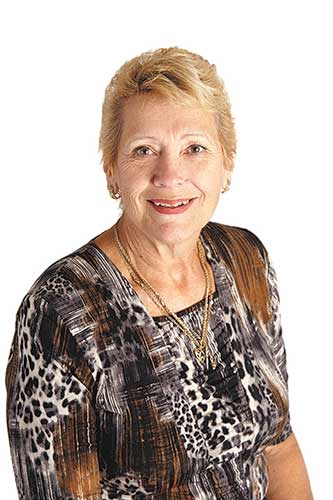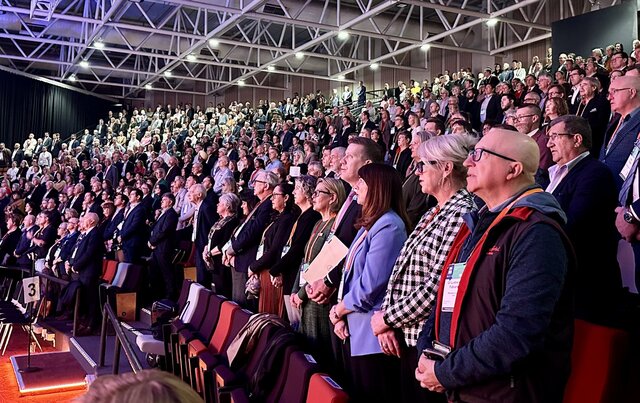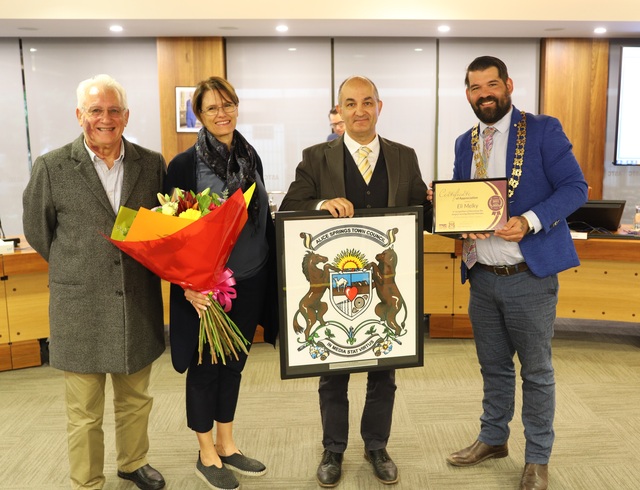President’s comment
As the economic downturn continues and state governments come under increasing pressure, rate capping has become an issue for the Local Government sector in almost every state.
For a long time only New South Wales was subjected to the myopic policy of rate capping that has decimated that state’s local infrastructure.
However from this financial year, Victoria will also be subject to rate capping while in South Australia the Liberal Opposition just recently failed to pass similar legislation.
In Western Australia both major parties have previously floated the idea, though both camps have now gone quiet, and the issue is never too far from the public debate in Tasmania.
The problem is that while rate capping makes no sense to long-term planning and sustainability, it can be irresistible to state politicians chasing short-term popular appeal.
The pitch to the electorate that rate capping will save you money is simple and compelling.
The counter argument of long-term infrastructure decay and ultimately increased state charges to redress the imbalance is easily lost in the fervour of instant gratification.
Indeed, recent community research commissioned by the West Australian Local Government Association (WALGA) found that more than 40 percent of the community were in favour of rate capping even if it guaranteed fewer services.
Add to that the percentage that would not believe or accept that services would be affected by rate capping and any campaign to oppose it is crippled before it even begins.
To this end, WALGA has realised that any campaign would need to focus the community on the financial failings and opportunism of the proponents of rate capping.
However, before any of this is necessary, the research has also provided insight into the opportunities to redress community perceptions on rates.
Critically it found that 73 percent of respondents wanted their Council to better explain how it set rates, while only 55 percent believed they knew what they received for their money.
These are significant gaps in community understanding and all in the sector – from state associations to regional groups and individual councils, even individual elected members – should see the need to redress.
In addition, 68 percent of those surveyed also wanted a “greater say” on how rates were spent.
Now it’s easy to retort by suggesting people need to simply get more involved with their Council. But it is undoubtedly far more realistic and ultimately effective for each Council to consider how it could better engage.
That is we should seek to cap the debate by addressing long-term community perceptions and leave the capping of rates to those with short-term ambitions and agendas.








